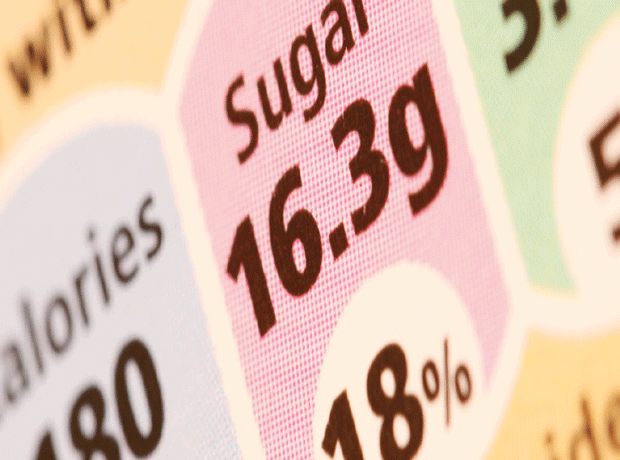
Many of the world’s biggest food companies have presented the European Commission with plans for a radical shake-up of front of pack labelling, which would see a host of red lights turn to amber under the UK’s traffic light system.
Coca-Cola, Mars, Mondelez, Nestlé, PepsiCo and Unilever made joint proposals to the Commission in Luxembourg yesterday. They say they could launch colour-code labelling across Europe as early as next year.
However, under the plans the companies want to change the way labels are presented in the UK, which already has front of pack colour-coded traffic lights, to include new information about portion sizes.
Controversially, the plan would see many products, including cheeses, biscuits and olive spreads, have their current red warnings replaced with amber lights.
The companies argue the UK’s existing plan fails to take portion sizes into account.
Under the finalised plans drawn up by the companies, food where a small portion is recommended, such as cereals, cheese and spreads, would automatically get an amber light for salt, fat and sugar if each of those elements represented less than 15% of the recommended daily reference intake (RI).
Products with a recommended medium-sized portion, such as ice cream, would also get an automatic amber light for those nutrients, if the portion was less than 25% of the reference intake.
Meanwhile for large meals, such as ready meals, there would be an automatic amber for nutrients making up less than 30% of the RI.
The companies claim the plans fall within existing EU Food Information Regulations (FIR) and would not require legislation.
However, they admitted that plans to change the existing front of pack labelling in the UK, which came in five years ago, would have to be carefully communicated to shoppers for fear of companies being accused of presenting misleading information.
“The plans that we have proposed fall within the existing FIR regulation,” said Mondelez director of public affairs Europe Francesco Tramontin, who admitted that under the companies’ version of labelling “things do look substantially better” for products such as cookies, chocolates, spread, olive oils and cheese.
But he added: “What we want to achieve is a system which takes into account the way people actually consume food. Our system is based on consumer research. We have carried out rigorous research on the portion sizes that people actually consume, which are currently not reflected in the UK’s traffic light system, which is all about nutrient levels per 100g. Also it’s important to stress that this is not about companies trying to form a breakaway system in the UK, it’s about trying to bring in an entirely new system of colour-coded labelling across Europe, so that consumers are better informed.”
Tramontin said the companies “respected” the system in the UK and would look to work with the government, NGOs and companies to bring in the changes collaboratively.
But he suggested that if the new system was introduced it would led to more companies signing up for front of pack labelling.
“If this system is introduced then Mondelez will sign up to front of pack labelling in the UK, but there may be others too.”
Currently major players such as Unilever, Kellogg’s, Ferrero and General Mills all refused to carry the Department of Health’s hybrid system of front of pack labelling in the UK.
However, Which?, one of the parties that helped draw up the UK’s traffic light system, said it was strongly opposed to the rival plans.
“We do not support this scheme based on portion size,” said policy adviser Sue Davies. “Rather than developing new traffic light labelling schemes, we want to see all leading manufacturers supporting the existing UK scheme. This was based on consumer research and broad consultation and recognises that it is of most value to have a scheme that is applied on a per 100g or ml basis.”











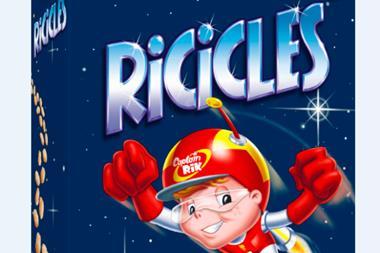
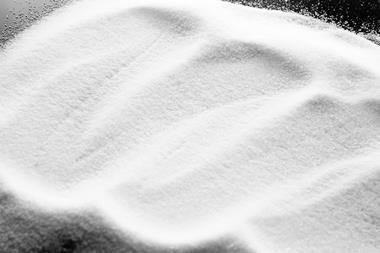

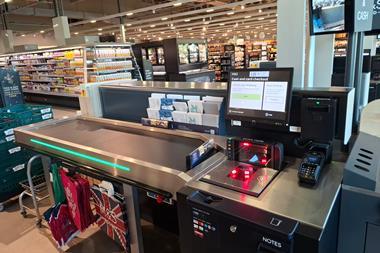
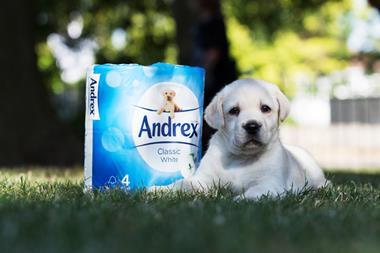
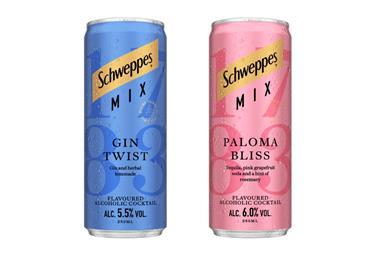
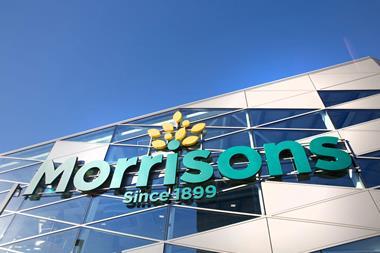

















No comments yet